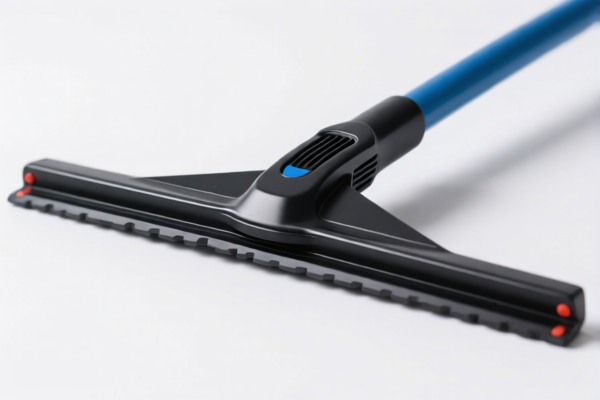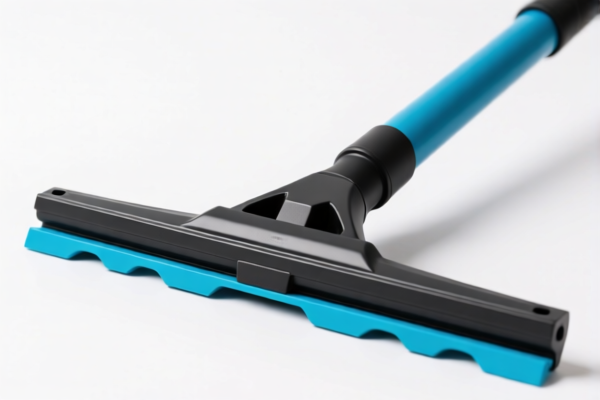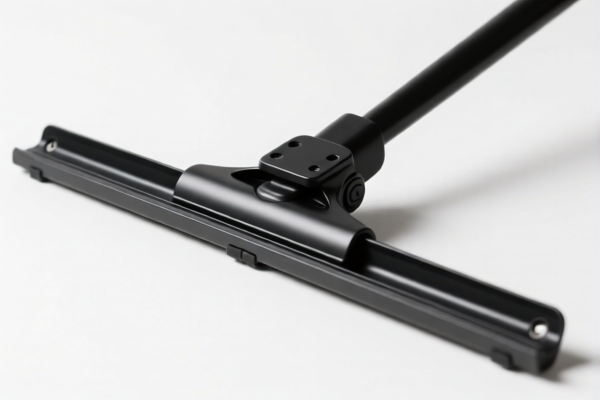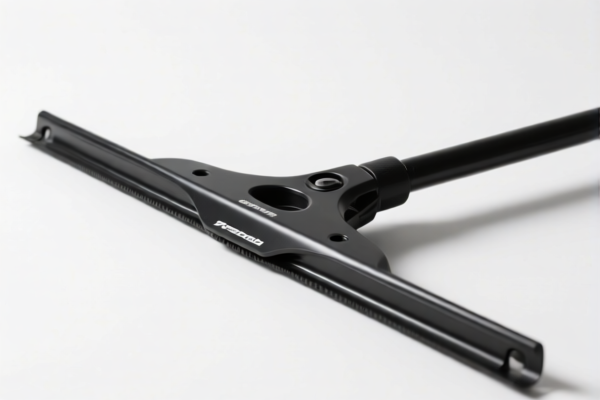| HS Code | Official Doc | Tariff Rate | Origin | Destination | Effective Date |
|---|---|---|---|---|---|
| 8512404000 | Doc | 57.5% | CN | US | 2025-05-12 |
| 7326908688 | Doc | 82.9% | CN | US | 2025-05-12 |
| 8487900080 | Doc | 83.9% | CN | US | 2025-05-12 |




Declaration Analysis: WIPER MOTOR – HS Code Breakdown & Customs Considerations
This analysis details the customs implications of declaring “WIPER MOTOR” based on the provided HS codes. We'll break down each code, explain the classifications, and highlight key considerations for import.
Important Note: The correct HS code is crucial for accurate duty assessment and smooth clearance. The following analysis assumes the provided descriptions accurately reflect the exact nature of the goods. Discrepancies can lead to delays and penalties.
1. HS Code: 8512.40.40.00 – Electrical Lighting or Signaling Equipment… Windshield Wipers
- Chapter 85: Electrical machinery and equipment. This broadly covers items operating electrically.
- 8512: Electrical lighting or signaling equipment (excluding articles of heading 8539), windshield wipers, defrosters and demisters, of a kind used for cycles or motor vehicles; parts thereof. This specifically targets automotive electrical components.
- 8512.40: Windshield wipers, defrosters and demisters. This narrows the classification to these specific items.
- 8512.40.40.00: This is the most specific code, pinpointing windshield wipers.
Tax Implications:
- Basic Duty: 2.5%
- Additional Tariff: 25.0% (Currently) / 30.0% (After April 2, 2025)
- Total Tax: 57.5%
Key Considerations:
- Vehicle Type: Ensure the wipers are specifically designed for cycles or motor vehicles. Wipers for other applications may fall under a different HS code.
- Electrical Components: Confirm the wipers do contain electrical components (motor, wiring, etc.). If purely mechanical, another code might be more appropriate.
- Certification: Depending on the destination country, you may need certifications demonstrating compliance with safety standards (e.g., ECE regulations for automotive parts).
2. HS Code: 7326.90.86.88 – Other articles of iron or steel… Other
- Chapter 73: Articles of iron or steel. This covers a wide range of iron and steel products.
- 7326: Other articles of iron or steel. This is a broad category for items not specifically classified elsewhere in Chapter 73.
- 7326.90: Other. Further specifies items not covered by more detailed codes within 7326.
- 7326.90.86.88: This is a very specific residual code, often used for miscellaneous iron or steel parts.
Tax Implications:
- Basic Duty: 2.9%
- Additional Tariff: 25.0% (Currently) / 30.0% (After April 2, 2025)
- Total Tax: 82.9%
Key Considerations:
- Material Composition: This code is for iron or steel articles. Verify the material is primarily iron or steel. If other materials are significant, a different code is needed.
- Functionality: The description "Other" is vague. Clearly define the function of the part. If it has a specific purpose, a more accurate code might exist.
- Steel/Aluminum Surcharge: Note the mention of a 25% additional tariff on steel/aluminum products.
3. HS Code: 8487.90.00.80 – Machinery parts, not containing electrical connectors… Other
- Chapter 84: Nuclear reactors, boilers, machinery and mechanical appliances; parts thereof. This covers a broad range of machinery and related components.
- 8487: Machinery parts, not containing electrical connectors, insulators, coils, contacts or other electrical features, and not specified or included elsewhere in this chapter. This targets non-electrical machinery parts.
- 8487.90: Other. Further specifies parts not covered by more detailed codes within 8487.
- 8487.90.00.80: This is a residual code for miscellaneous non-electrical machinery parts.
Tax Implications:
- Basic Duty: 3.9%
- Additional Tariff: 25.0% (Currently) / 30.0% (After April 2, 2025)
- Total Tax: 83.9%
Key Considerations:
- Electrical Components: Crucially, this code is for parts WITHOUT electrical connectors, insulators, coils, or contacts. If the part does contain these, a different code (potentially within Chapter 85) is required.
- Machinery Type: Identify the machinery the part is designed for. This can help determine if a more specific code exists.
- Steel/Aluminum Surcharge: Note the mention of a 25% additional tariff on steel/aluminum products.
Recommendations:
- Detailed Product Specification: Provide a comprehensive technical specification for the wiper motor, including materials, electrical components (if any), and intended application.
- Material Verification: Confirm the exact material composition of each part.
- Single vs. Multiple Codes: If the wiper motor consists of distinct parts with different materials or functionalities, consider declaring them under separate HS codes for accurate duty assessment.
- April 2, 2025 Tariff Changes: Be aware of the upcoming tariff changes on April 2, 2025, and factor them into your cost calculations.
- Consult a Customs Broker: For complex classifications or high-value shipments, it is highly recommended to consult with a qualified customs broker in the destination country. They can provide expert guidance and ensure compliance with all applicable regulations.
Disclaimer: This analysis is based on the information provided and is for general guidance only. Customs regulations are subject to change, and the final classification is determined by the customs authorities in the destination country.
Customer Reviews
No reviews yet.